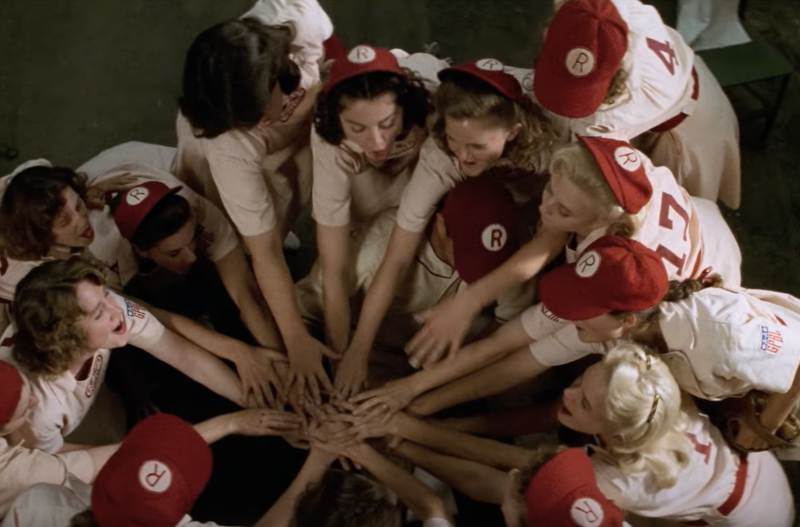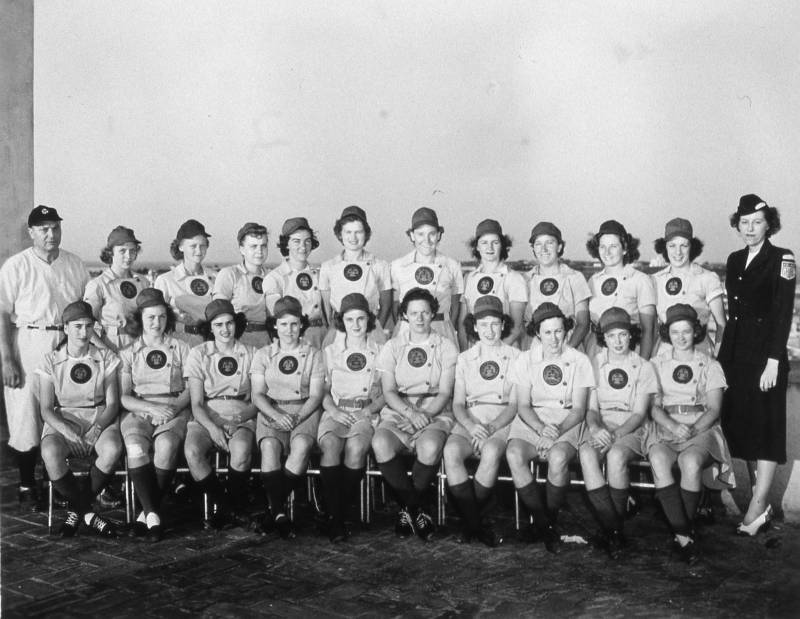This month marks 30 years since A League of Their Own first hit movie theaters. Starring Geena Davis and directed by Penny Marshall, the movie introduced 1992 audiences to the All-American Girls Professional Baseball League, put together in 1943 when male athletes were in short supply because of World War II. In the movie, the league’s story is told through the eyes of a fictionalized version of the Rockford Peaches—a real-life team that, in their day, won more league championships than any of their peers.
Three decades on, League remains worthy of repeat viewings because of how much heart it has. It’s a story about how working on a team can make you a stronger and more empathetic person. It’s about female solidarity and women supporting women—something mainstream cinema does not have a great track record of portraying. It’s a film that’s imbued with a gratitude for the female athletes who broke boundaries in the 1940s, and did so with grace. The movie also remains steeped in wish fulfillment, because women’s professional baseball existed for such a short period of time. (The AAGPBL was cast aside in 1954 despite five new teams joining the league as soon as the war ended.)
League somehow also succeeds in highlighting the appalling sexism female ball-players faced, but in a humorous way. Quite a feat given that the women of the AAGPBL were subject to mandatory attendance in charm school, makeup and hair length requirements, and a deeply impractical uniform that consisted of a mini dress and satin shorts. In the movie, the women simply roll their eyes, grit their teeth and get on with the task at hand, eyes trained on the bigger picture.



